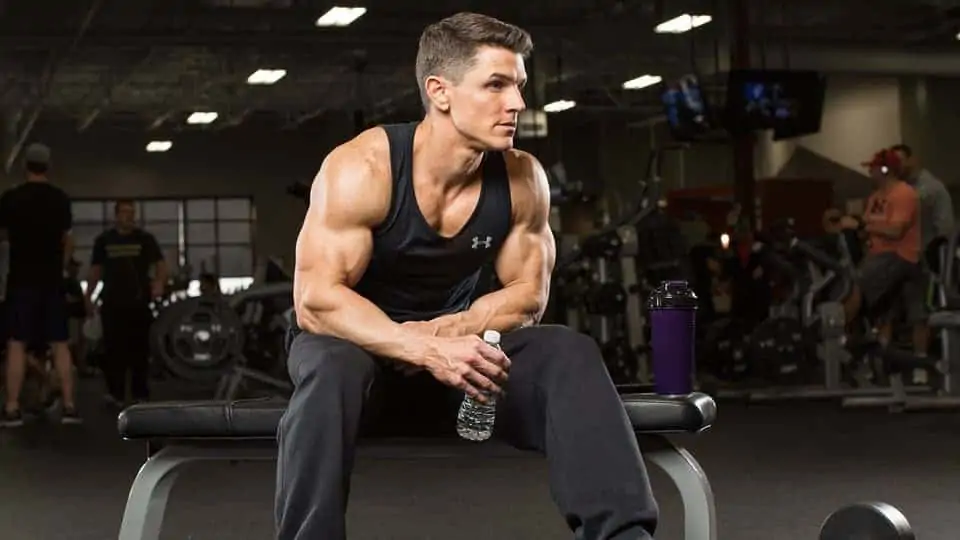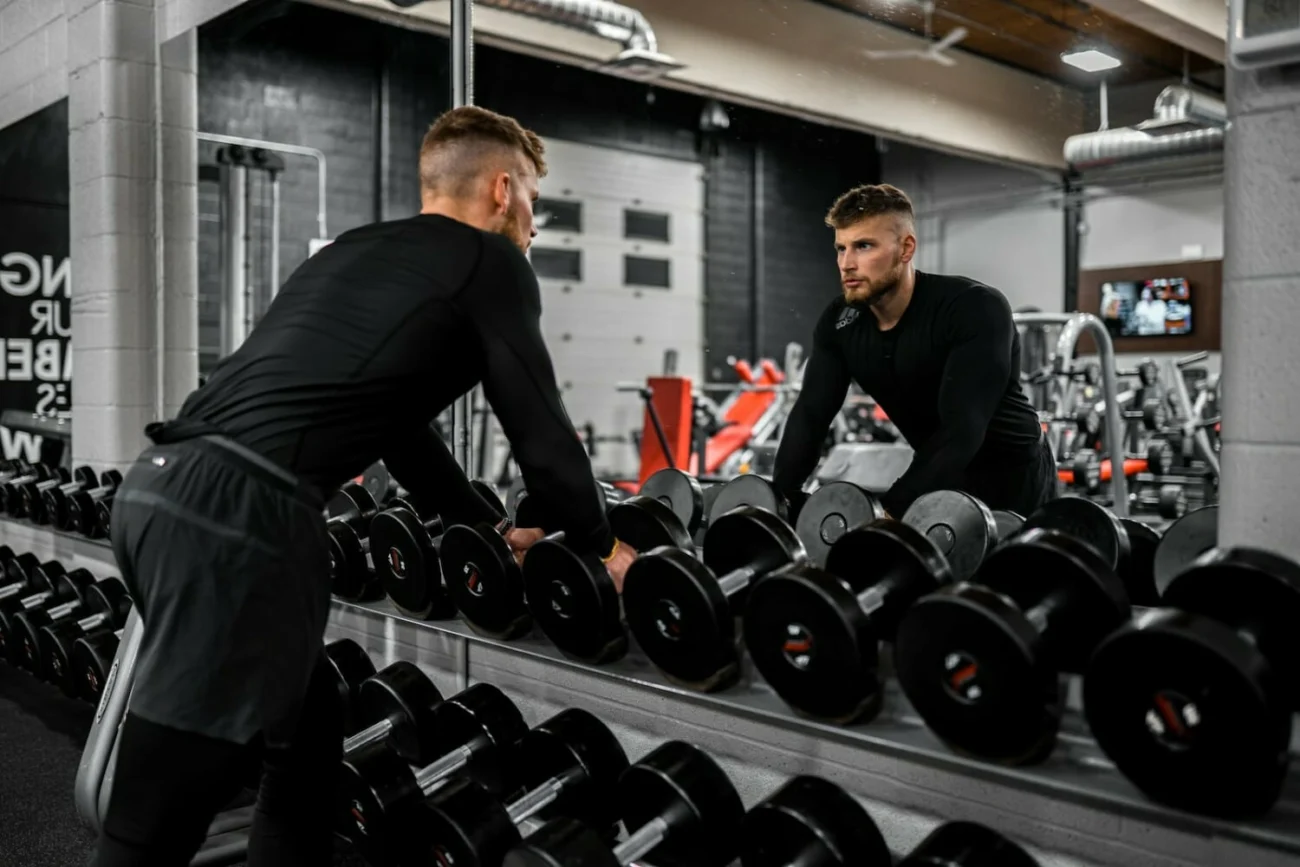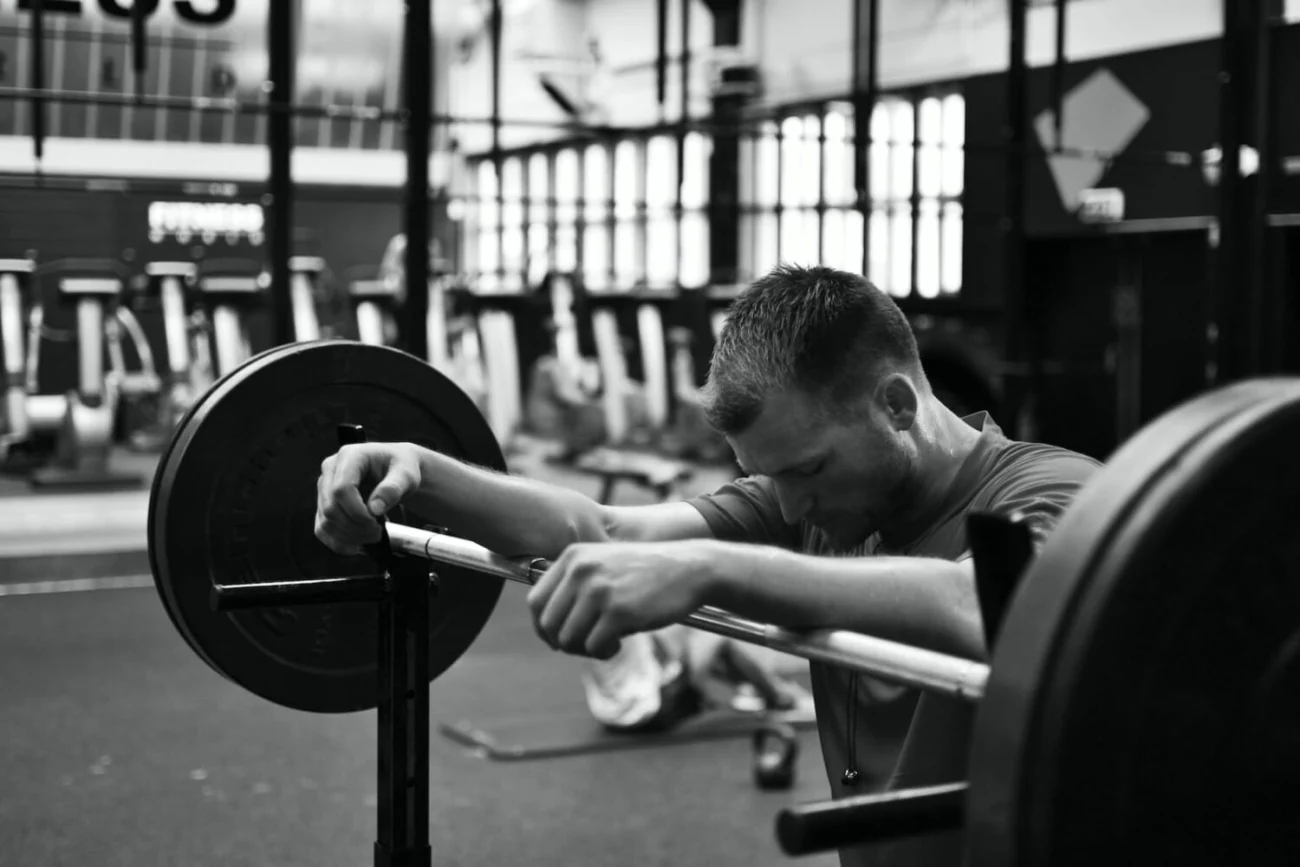Rest time between sets is an important topic in bodybuilding, and although there is a consensus that for strength training the rest time should be significant, for those looking for hypertrophy, there are many theories.
There are those who talk about short rests and there are those who advocate longer rests to be able to recover better.
After all, who is right?
If your goal is to gain muscle mass, or maintain what you have while losing fat, how long should you rest between sets?
To answer this question, we first took a look at what the studies tell us, and we found some to help us.
After the studies, here is our opinion on the matter.
So let's find out how much rest time between sets of weights is ideal.
1 minute vs 3 minutes
This year an interesting study was published that compared long rest periods with short rest periods in a context of strength and hypertrophy.
21 young men with training experience were selected and divided into two groups.
One of the groups rested 1 minute between each series, while the other group rested 3 minutes between series.
The experiment lasted 8 weeks, and consisted of three weekly full-body workouts, with 7 exercises per workout, 3 sets per exercise and between 8 and 12 repetitions.
At the end of the study, the results showed that the group that rested longer, 3 minutes, not only gained more strength, as expected, but also gained more muscle mass than the group that rested just one minute.
In terms of muscular endurance, the results were similar between both groups.
1 minute vs 2.5 minutes
In 2009, a study was published that also compared short rest times between sets, and longer rests.
They decided to evaluate the differences in terms of hypertrophy, strength and hormonal response between these two methods.
The study lasted 10 weeks and 12 men were selected, with an average age of 25 years and no training experience.
They were separated into two groups, one of them with a rest period between sets of 1 minute and the other of 2.5 minutes.
At the end of the first week, the group that rested just one minute had a higher increase in testosterone and cortisol after training compared to the group that rested 2.5 minutes.
However, at the end of the study, this difference disappeared, and the hormonal response was similar between groups, as was the strength gain.
The difference between the two groups at the end was just one.
The group that rested longer between sets gained more muscle mass.
2 minutes vs 5 minutes
In a study that lasted 6 months, they decided to compare the results between 2-minute rest periods versus 5-minute rest periods between sets.
To do this, they selected 13 men with training experience and analyzed whether any of these two methods could bring better results in terms of muscle mass, strength and even hormonal levels.
For three months these men followed their training plan with 2 minutes of rest, and for another three months they rested for 5 minutes.
At the end of the study the conclusion was simple.
There were no significant differences between the two methods, either in terms of muscle mass, strength or even hormonal differences.
How long should I rest then?
According to studies, using short rest periods does not seem to have any benefit in terms of hypertrophy, and it was the same conclusion they reached in 2014, when they decided to evaluate the studies available on the subject (1).
You must rest enough so as not to affect your next series, that is, if resting 1 minute means that you will reduce the load by 20%, then you should rest longer.
There's no magic number, but for bigger muscles and compound exercises, you should rest at least 2.5 minutes.
For smaller muscles and isolation exercises, at least 1.5 minutes seems to be a good starting point, but you may need more.
There are several factors that can affect the rest time between sets, such as training experience or diet, so you must adapt them in order to achieve the best results.
Another important factor to take into account is your training time, and if resting 3 minutes means doing less exercise, then obviously you should rest less time.
But I want to lose fat, now what?
If your goal is to lose fat, you should pay attention not to the rest time between sets but to your diet.
If you choose to rest less time between sets to lose fat, you will end up reducing the volume or intensity, and consequently, losing more muscle mass.
Use weight training to maintain lean mass, and diet and cardio training to lose fat.
In other words, rest times are similar whether you want to gain muscle mass or lose fat, and it may even help to rest slightly more to maintain your training volume.
Conclusion
Rest time between sets is important, and 10 minutes between each one won't help you at all, however, there are much more important factors.
You must find a balance, and in the same way that resting too much can be harmful, so can resting too little.
In short, if you need three minutes to load from the previous series, or increase, rest for three minutes, not two.
References 1 minute vs 3 minutes Schoenfeld BJ, Pope ZK, Benik FM, Hester GM, Sellers J, Nooner JL, SchnaiterJA, Bond-Williams KE, Carter AS, Ross CL, Just BL, Henselmans M, Krieger JW.Longer Interset Rest Periods Enhance Muscle Strength and Hypertrophy in Resistance -Trained Men. J Strength Cond Res. 2016 Jul;30(7):1805-12. 1 minute vs 2.5 minutes Buresh R, Berg K, French J. The effect of resistive exercise rest interval on hormonal response, strength, and hypertrophy with training. J Strength Cond Res. 2009 Jan;23(1):62-71. 2 minutes vs 5 minutes Ahtiainen JP, Pakarinen A, Alen M, Kraemer WJ, Häkkinen K. Short vs. long rest period between the sets in hypertrophic resistance training: influence on muscle strength, size, and hormonal adaptations in trained men. J Strength Cond Res.2005 Aug;19(3):572-82. (1) Henselmans M, Schoenfeld BJ. The effect of inter-set rest intervals on resistance exercise-induced muscle hypertrophy. Sports Med. 2014Dec;44(12):1635-43.





